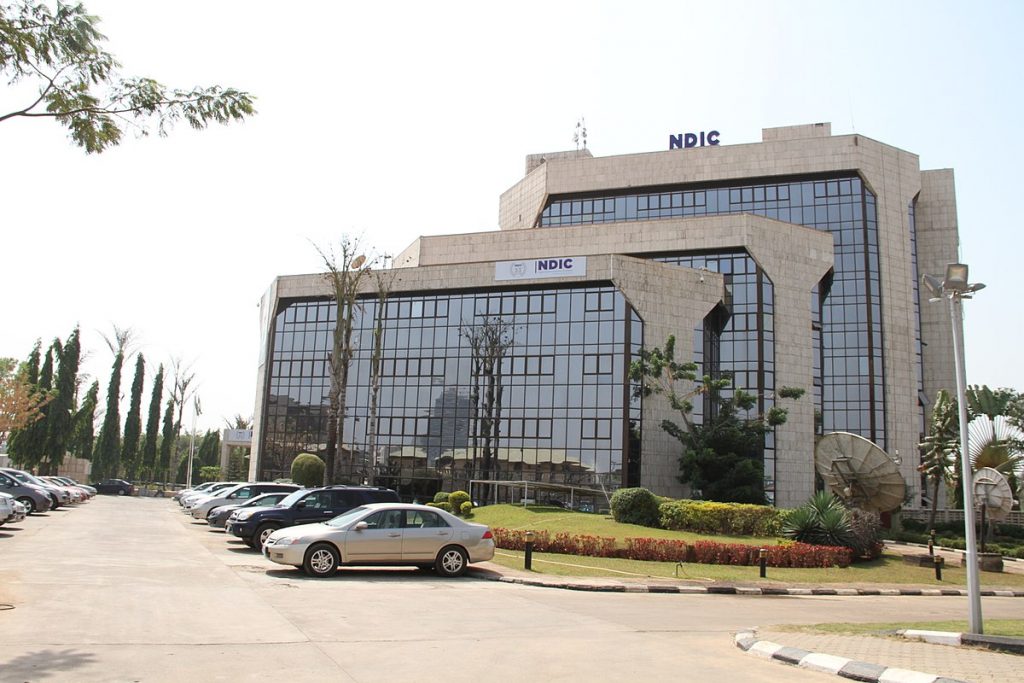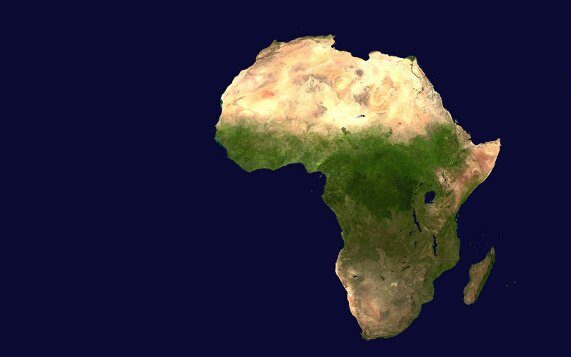Kenya borrowed the largest amount of money in a single year during President William Ruto’s first year in office, pushing the debt levels past the ceiling amid shortfalls in tax collections and increased repayment obligations.
Gross debt stock climbed Ksh1.56 trillion ($10.8 billion) for the financial year ended June, fresh data released by the Treasury shows, breaching the Ksh10 trillion ($69.52 billion) mark by Ksh189.53 billion ($1.32 billion).
Kenya ended the last financial year in June with a gross total debt load of Ksh10.19 trillion ($70.84 billion), a growth of 18.08 percent over Ksh8.63 trillion ($59.99 billion) a year ago, which was the last full fiscal year for former president Uhuru Kenyatta.
Lawmakers in June voted to convert the numerical debt ceiling to an anchor of 55 percent of gross domestic product (GDP), with the Treasury given five years to comply.
The jump in gross debt came in a fiscal year Dr Ruto, who was in charge for nine of the 12 months under review, made it clear his administration would cut borrowing.
Nearly Ksh1.43 trillion ($9.94 billion), or 91.52 percent, of the new gross debt, was contracted in the last nine months of the year under review, according to the Treasury data.
Dr Ruto, who partly rode to power on a pledge to make debt a “last resort” in raising funds to plug holes in the budget, had pledged not to make the nation “slaves of debt from any place or any country”.
He vowed to pursue policies, which enhance tax compliance levels and grow national savings from a measly “seven” percent of GDP towards 30 percent envisioned in Kenya’s long-term development blueprint, Vision 2030.
“I am looking forward to the day, soon enough, when we borrow from the savings of the people of Kenya to run our development instead of borrowing from other countries, and that is what holds the future for us,” Dr Ruto had said last September ahead of being sworn into office.
“I am encouraging the people of Kenya as we work together to get our economy out of the mud… that each and every one of us must pay their taxes and I am going to lead from the front, making sure I pay my taxes.”
Provisional official data, however, suggests the Ruto administration’s fiscal consolidation plan was roiled by underperformance in the main tax streams, which missed the Ksh2 trillion ($13.9 billion) by Ksh112.76 billion ($783.9 million) in an environment of a softening economy.
Foreign borrowing accounted for two-thirds of the jump in gross debt after Kenya contracted an additional Ksh1.06 trillion ($7.37 billion) from foreign creditors to stand at Ksh5.36 trillion ($37.26 billion).
Multilateral lenders — largely the World Bank Group, the International Monetary Fund (IMF) and African Development Bank (AfDB) — grew their credit to Kenya by Ksh728.85 billion ($5.1 billion), or 37.89 percent year-on-year, zooming past the Ksh2.65 trillion ($18.42 billion) mark.
Loans from multilateral lenders such as the World Bank and AfDB come on concessional terms, which average a 1.75 percent fixed interest rate, with a 35-year tenor and a grace period of up to 10 years.
This eases the burden of future repayments, unlike commercial borrowing like Eurobond where the interest rates are higher, currently double-digit, with shorter tenors.
The stock of debt taken from foreign commercial banks and rich countries increased by Ksh166.09 billion ($1.15 billion) and Ksh159.83 billion ($1.11 billion) in the review period, partly reflecting the impact of a weaker shilling, to close at Ksh1.36 trillion ($9.45 billion) and Ksh1.33 trillion ($9.25 billion).
Borrowings sourced from domestic sources such as commercial banks, pension funds and insurers through the sale of Treasury bonds and bills increased Ksh503.01 billion ($3.5 billion) to end June 2023 at Ksh4.83 trillion ($33.58 billion).
The IMF and the World Bank have since 2020 classified Kenya at a high risk of debt distress since 2020 as a result of persistently large deficits in annual budgets in more than a decade, which are bridged through borrowing.
Kenya’s debt binge is underlined by Eurobond offerings, a package of Chinese loans and syndicated commercial loans over the years which are now squeezing its finances as the loans fall due.
The Ruto administration, for example, spent Ksh1.16 trillion ($8.06 billion) on servicing maturing debt and interest for the year ended June, with the burden projected to rise to an estimated Ksh1.8 trillion ($12.51 billion) in the current year ending June 2024.
“I do believe that the fiscal framework of the National Treasury has incorporated all these debt service payments, including the impact of a higher exchange rate,” CBK Governor Kamau Thugge said on June 26.
“They have a plan to reduce the overall fiscal deficit and to achieve a sustainable debt position and fiscal position over the medium term.”












